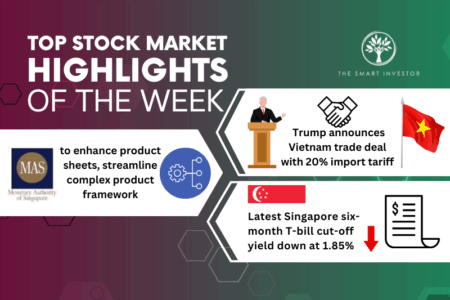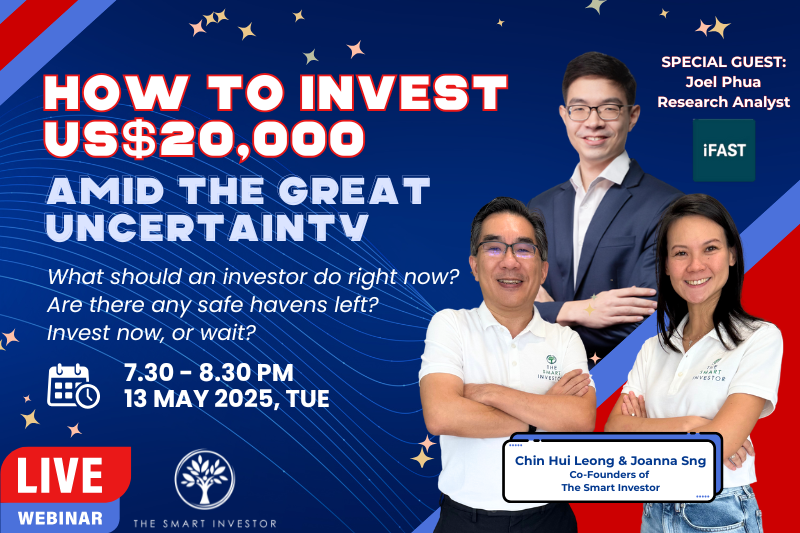As investors, we are not immune to mistakes.
Everyone, including the world’s best investors, may be prone to error.
And it is not for the lack of knowledge or capability.
Rather, studying a business is a complex undertaking, with multiple internal and external factors to consider.
A company may have a strong competitive position in the industry, but should its customers go bankrupt, it will still suffer.
Likewise, a well-designed product can still fail if it does not have enough distribution channels to deliver it to its customers.
More than ever, it’s basic things such as these that can trip us up when we least expect it.
Thankfully, the solution can be simple: making a checklist.
Your personal list
A checklist is simple but flexible.
In my view, a DO-CONFIRM checklist provides the best complement for investors.
According to Atul Gawande, the author of the Checklist Manifesto, a DO-CONFIRM checklist is a fail-safe to prevent us from missing out on important things that we should do or check.
We can perform our task, complete it, and thereafter, use a checklist to confirm that all the important points or steps have been taken.
Using this checklist, we are free to explore the business world without rigid rules but yet, prevent ourselves from missing out on unforced errors.
With that in mind, here are three items for the checklist to consider.
1. Surprising revenue growth
The simplest things can be missed.
As humans, we are influenced by our own experience in using a product or service.
If we love using a certain service, we can fall into the trap of assuming that everyone else would like it much as we do.
Similarly, it is easy to brush off a new product as being a fad.
For instance, Apple’s (NASDAQ: AAPL) first iPhone model, which was introduced in mid-2007, was a bit of a disaster.
Within less than three months of its introduction, Apple lopped off a third of the device’s price, cutting it from US$600 to US$400.
Given the company’s drastic action, it would have been reasonable to write off the smartphone as a fad that did not pan out.
But history will show that dismissing the iPhone would have been a mistake of epic proportions.
Over the next decade, Apple would go on to sell over two billion iPhones, making it the biggest-ever contributor in the history of the company.
Watching the company’s sales growth in the years that followed its launch would have given a clue to dig deeper into the iPhone’s potential.
2. The search for margins
Some investors religiously avoid low margin companies.
But if you did so, you would miss out on some of the best-performing companies over the last decade.
For example, wholesale retailer Costco (NASDAQ: COST) has sported a net margin of less than 2.5% for each year in the last decade. And yet, the US-based retailer has been able to double its revenue and triple its profits over the same timeframe.
In response, shares of Costco are up almost seven times since the start of 2011.
While Costco’s margins are slim, it operates within an industry that draws in trillions of consumer dollars, providing plenty of room for the company to grow.
Turning a profit is important, but so is having a growth runway that the company can tap on to continue to do so.
3. Funding growth
For a company to grow, it needs funds.
For example, a coffee shop owner who wants to add new stores will need capital to fund the expansion.
Software companies will need money to hire more developers and a strong sales team to market their services.
As Smart Investors, we should ask how these endeavours are being financed.
Ideally, companies can fund their growth using profits generated from their own operations.
In the absence of profit or free cash flow, businesses would have to rely on either debt or newly issued shares to provide the funds. To be sure, there are instances where leveraging up can help a business grow to its full potential.
But at the minimum, we should understand the conditions that help the company become successful.
Get Smart: Simple but effective
The above is not a laundry list of all of the things that we should look up in a company.
But it is a good starting point.
The important thing is to be disciplined in performing a check-up on your companies in your portfolio.
A checklist is a good practice that can help you spot important developments that you may have missed out on or errors that can happen in the course of investing.
As an investor, staying focused on good businesses to buy while steering clear of mistakes will set you on the path to success.
Get Smart with The Smart Investor. CLICK HERE for your FREE subscription to our Smart Investing newsletter. Take control of your financial future and Get Smart in Investing with us.
Don’t forget to follow us on Facebook and Telegram for some of our latest free content!
Disclaimer: Chin Hui Leong owns shares in Apple.




